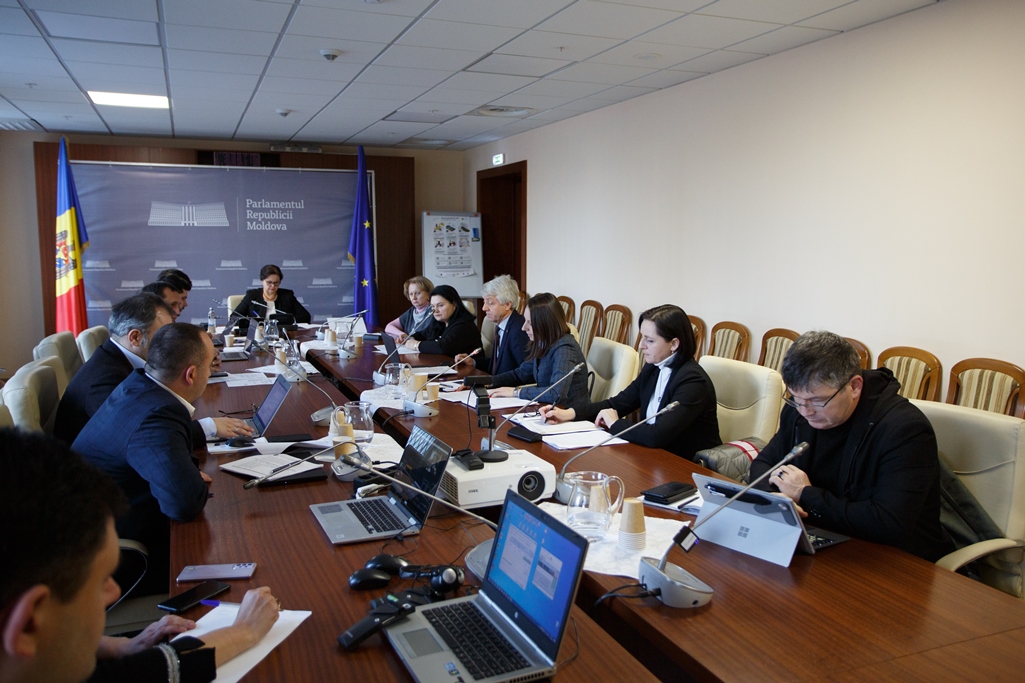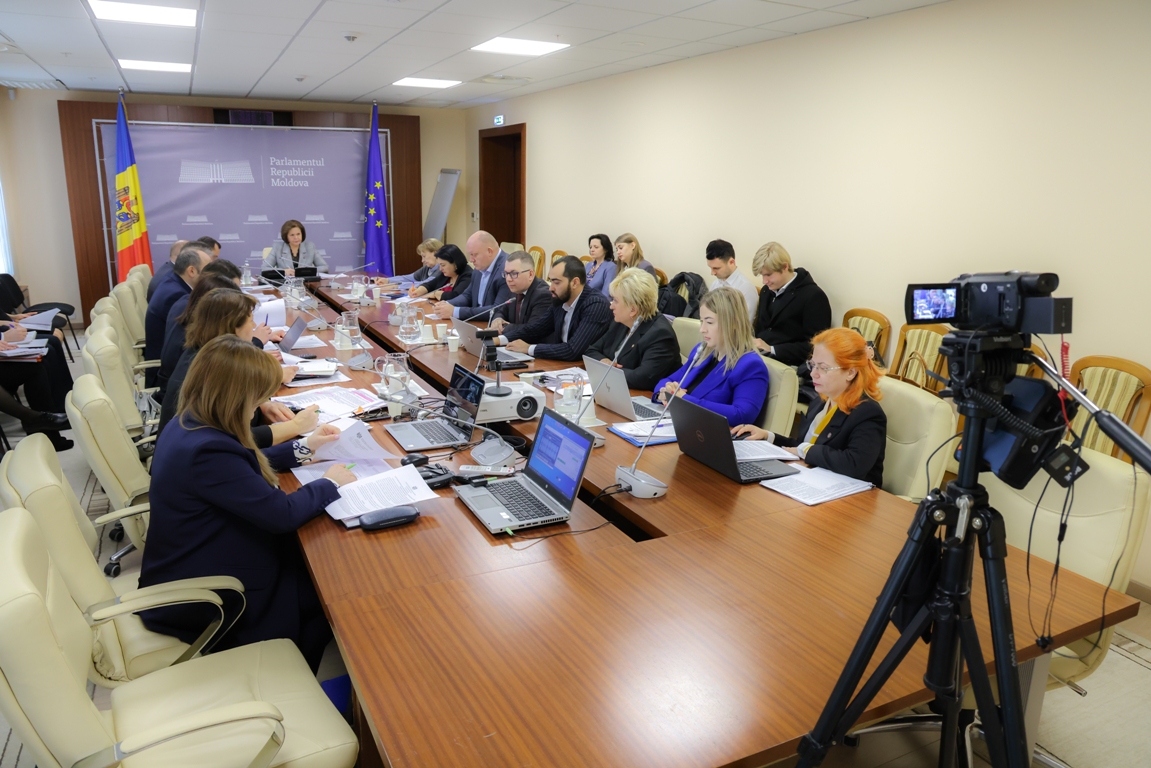
The implementation of an Integrated Electronic Document Circulation System, according to policy documents, is one of the most important mechanisms of the e-government.
In this context, on December 14, the Court of Accounts of the Republic of Moldova (CoARM) presented the results of the Performance Audit Report within the framework of the Public Finance Control Committee (PFCC): "The information systems implemented in the public sector contribute to efficient management and sure of the documents?".
The Court of Accounts’ team presented the results and findings of the audit to the members of the PFCC, which were the basis for formulating the general conclusions, as well as the submitted recommendations.
The integrated system for the circulation of electronic documents (ISCED) will allow to increase, considerably, the fulfillment by the state of its functions, determined by three components: the efficiency of the internal work of each individual institution, the efficiency of the interaction of public authorities, the efficiency of the interaction with citizens and businesses, optimizing the organizational procedures, being much simpler and logical.
In the context of the implementation of the "Paperless Government" initiative, the only SaaS type service proposed to public authorities by the Electronic Government Agency that allowed including the electronic exchange of documents, the management of work processes, tasks, namely the IT System for managing documents and records in the central public authorities was purchased and developed during 2015-2017. According to the results of previous audits, it was not being used, including due to the lack of the normative framework related to the operation of the AIS, the instability/lack of leadership at the level of the institutions, the failure to ensure institutional memory, the reluctance of users and the lack of internal capacities to support users for better assimilation of the system.
The audit mentioned that, following the analysis of the information presented by 137 public entities, it was found that 87 authorities have implemented and use IS for the electronic management of documents, and 39 of them do not use any IS in this regard.
Also, 5 public entities have implemented/or are in the process of developing document management IS based on the ELO platform, and in the case of 22 institutions it was found that they implemented such systems either with their own efforts or purchased from other sources.
The audit noted that, until now, there is no direct interconnection between the Document Management Systems implemented by the authorities and public institutions, during the audited period, the exchange of information/documents being carried out either by e-mail and/or traditionally, on paper, which reduces their efficiency and effectiveness.
The possibilities and functionalities of the AIS implemented by the public authorities are not exploited to the full extent, which diminishes its impact.
The analysis of the IS functionality used by the audited entities shows that, in general, they allow the automation of processes related to the management of correspondence, other categories of electronic documents, including their signing, however, they are not sufficiently exploited.
IT-generated controls need to be strengthened in order to ensure the security of information processed through IS. During the reference period, some authorities took certain actions to ensure the implementation of the necessary IT controls, including by approving documents related to cyber security (Cyber Security Policy, Cyber Security Regulations, some specific procedures in this regard, etc.).
The shortcomings identified by the audit are also conditioned by the deficiencies in the contracts concluded by the public authorities with the providers of maintenance services, technical support, etc., which do not describe in sufficient detail the services, the agreed level of services, as well as performance indicators in order to quantify, monitor and evaluate the quality of the services provided.
Generalizing the findings, the Court of Accounts concluded that, in the absence of an integrated IS, implemented at a centralized level, as well as in order to make activities more efficient, the public authorities and institutions have implemented, during the audited period, different IS and related services purchased from different legal entities under public and private law, which contribute, to a certain extent, to an efficient and secure management of documents. At the same time, the manner of implementation, use and management of the respective IS, including through the lens of the mandatory minimum cyber security requirements, approved by the Government, shows some shortcomings and risks that require urgent interventions.
Tatiana Cunețchi, the President of the Public Finance Control Committee, mentioned that the topics under discussion are complex, and the entities involved in this process must make their conclusions rigorous and undertake measures to eliminate the attested shortcomings.
 WITH DEFICIENCES OF VIEW
WITH DEFICIENCES OF VIEW Youtube
Youtube Facebook
Facebook


 print
print






